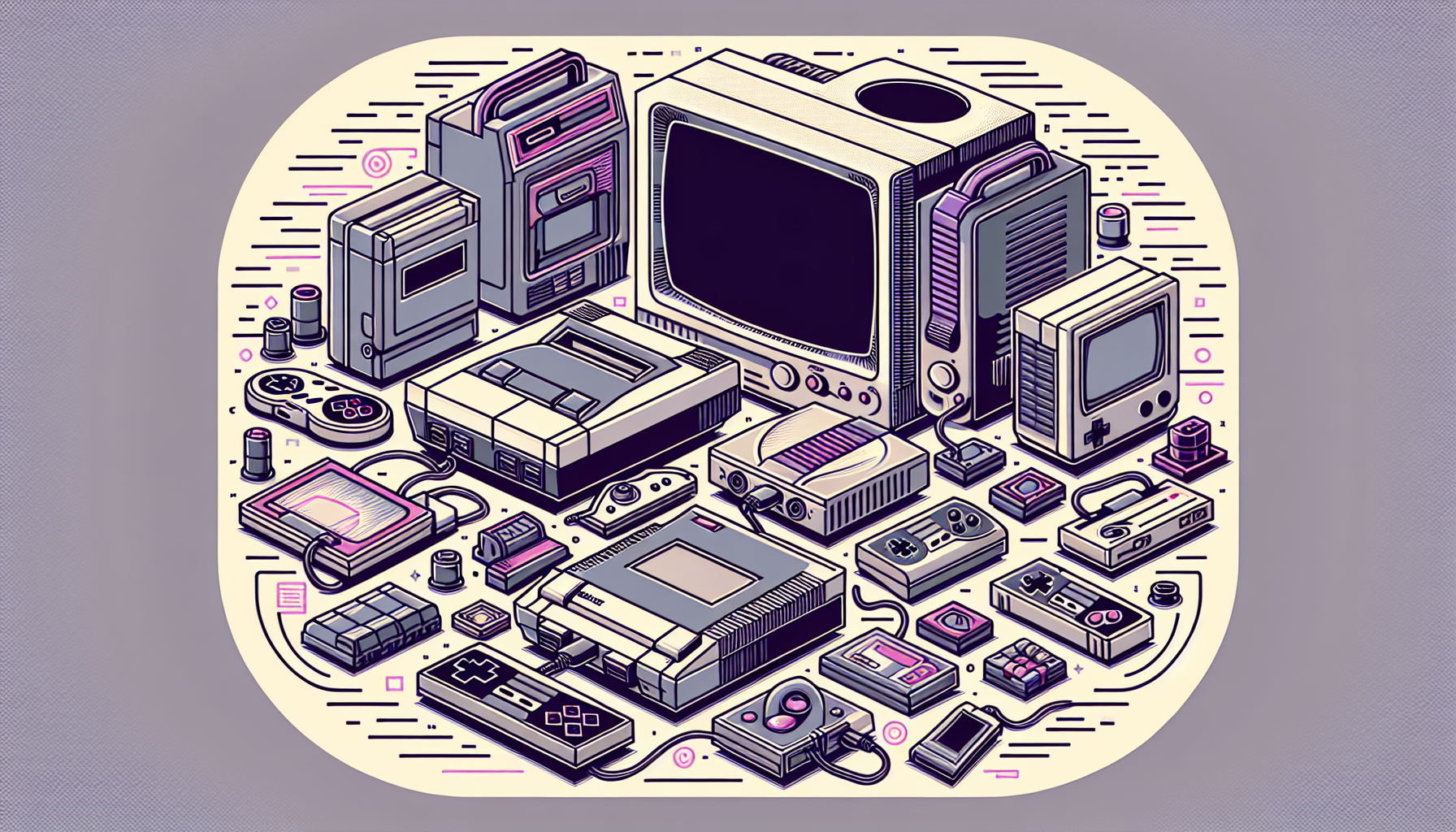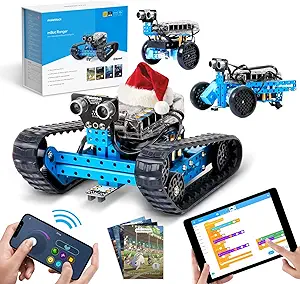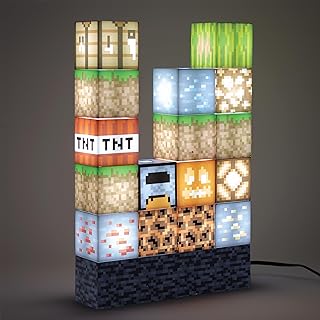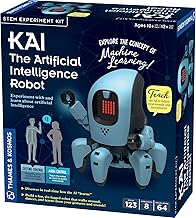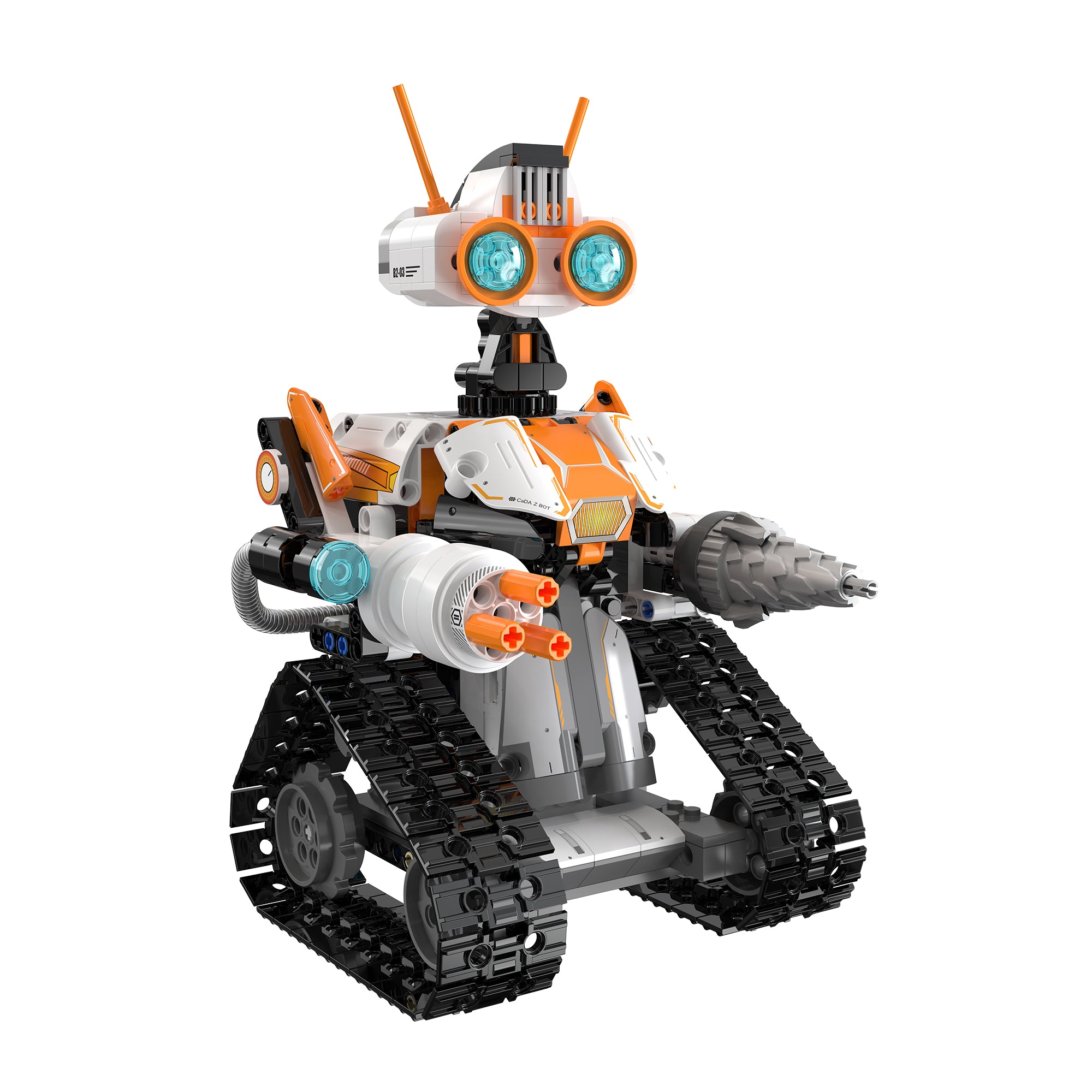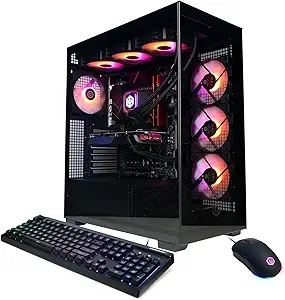COBOL, the venerable workhorse of legacy programming, isn’t the first language that springs to mind for game development. Yet here we find CobolCraft, a Minecraft server built using COBOL, that marries retro coding with the pixelated joys of Minecraft. The audacity of this project lies in its successful fusion of nostalgia with modern gaming, breathing new life into a language often associated with crunching business transactions rather than crafting blocks.
A Blocky Adventure Awaits: The World of CobolCraft
CobolCraft isn’t merely a theoretical exercise; it’s a fully operational Minecraft server compatible with version 1.21.4. Imagine infinite terrain generation melding seamlessly with dynamic chunk loading, all powered by COBOL. The server deftly handles multiplayer interactions and supports Minecraft’s complex file formats, from chunk data to player inventories. If you’ve felt the magic of Minecraft, you know how essential effective inventory management and real-time interaction are. CobolCraft excels in these areas by introducing features that significantly enhance gameplay.
- Dynamic Inventory Management: The player inventory management system provides a smooth tracking and storage solution for items, crucial in a game where resources can be scarce and vital for survival. Players can efficiently manage their inventory, strategizing their resource use. In an adventure where each block placement may be the difference between victory and defeat, being able to efficiently organize and use your items adds a new layer to the gaming experience.
- Enhanced Communication: The server’s chat commands and configurable settings improve player communication and collaboration. Thanks to CobolCraft, players can create group chats, set private messaging, and even develop specific game rules that cater to their community. This customization significantly enhances teamwork, fostering a vibrant and engaged environment where players can build their worlds together or compete against each other while maintaining a sense of community.
- Robust Multiplayer Support: CobolCraft allows countless players to join and explore the blocky world together. Whether participating in a server-wide competition or collaborating on a massive creation, CobolCraft captures the essence of Minecraft, delivering both competitive and cooperative play that keeps players continuously engaged. The unique aspect of utilizing COBOL for this experience has indeed made CobolCraft a talking point among gamers and tech enthusiasts alike.
This ingenuity showcases COBOL’s versatility beyond its traditional confines, proving that even with its storied legacy, COBOL can still rock the gaming world and keep up with modern technological demands.
From Code to Creation: A Developer’s Journey
The mind behind CobolCraft ventured into this project with no prior COBOL experience, motivated by a curiosity to see how a legacy language could interact within a modern gaming context. This leap into the unfamiliar proved challenging, largely due to COBOL’s orientation around business logic as opposed to raw data manipulation common in gaming.
As the developer delved deep into Minecraft’s intricate gameplay, they had to shift their mindset drastically. With each feature integrated, the complexity grew. Translating the dynamic, multi-layered environment of Minecraft into COBOL terms required a level of creative problem-solving that is rarely needed in the conventional uses of the language. Along the way, the developer encountered numerous obstacles, transforming their understanding of COBOL into something applicable in this groundbreaking context.
“Writing a Minecraft server was perhaps not the best idea for a first COBOL project… but quitting before having a working prototype was not on the table!” – CobolCraft developer
This developer’s journey exemplifies the challenges and opportunities that arise when stepping into uncharted territory. The entire process was not just about coding but also about personal growth and resilience. Experiencing thrilling moments of problem-solving and a fresh perspective on the power of legacy programming languages, CobolCraft stands as a beacon encouraging adventurers in tech to challenge their comfort zones and embrace innovative problem-solving approaches.
The Hype Builds: Community Reactions and the COBOL Renaissance
The tech and gaming communities have shown an unexpectedly keen interest in CobolCraft. It’s not every day you hear of a legacy language like COBOL being employed to run a server for one of the world’s most popular games. Reactions have highlighted not just the novelty of the project, but also the broader implications for how we view programming languages.
On social media and tech forums, users have expressed their surprise and excitement about the possibilities opened up by CobolCraft. Comments like, “This is what programming should be about: creativity and integration,” have flooded the conversation, emphasizing the project’s innovative essence. Another enthusiast remarked, “It’s refreshing to see a language like COBOL being reimagined for modern use. If this can happen, what’s next?”
The enthusiasm surrounding CobolCraft has sparked discussions about the potential for legacy languages to be reimagined in contemporary contexts. One community member aptly stated, “COBOL is not dead… it runs 70% of the world’s business transactions.” This statement not only speaks to COBOL’s ongoing utility but also urges programmers to recognize the latent power of these tools and consider their applications in creative and innovative ways.
Furthermore, the unique nature of CobolCraft fosters debates about the relevance of existing programming knowledge and the future of coding languages. CobolCraft reminds communities that innovation isn’t merely about utilizing the newest tools available but about maximizing the potential of tried and true. The dialogues sparked by this server illustrate the vital role of community in technology, driving ideas forward and reaffirming the enduring impact of COBOL and its peers.
Unleashing Potential: The Future of Legacy Languages
What CobolCraft illustrates is not just the staying power of COBOL but the underestimated potential of other legacy languages in modern applications. With the tech world constantly evolving, it beckons us to reconsider the role of older programming languages like COBOL, Fortran, or Pascal in current projects. These languages carry a wealth of knowledge and capability, often leading to uncharted territories of innovation that could provide new avenues for exploration.
Developers, both novices and seasoned pros, have the opportunity to delve deeper into these legacies, unlocking unique challenges and encouraging a greater appreciation for programming’s roots. The successful implementation of CobolCraft serves as an invitation for further exploration and experimentation in leveraging legacy programming languages.
CobolCraft stands as a vibrant reminder to the tech community that programming is as much an art as it is a science, offering myriad possibilities when we choose to blend our historical knowledge with contemporary technology. The lessons learned from CobolCraft can inspire a generation of coders to dive into legacy languages, igniting new creativity within familiar syntax.
A Bridge to the Future: Embracing the Old and the New
CobolCraft’s story invites us to reflect on the harmony between old and new tech. It showcases how sometimes the tools of the past, when paired with the aspirations of the present, can create something truly magical and impactful. Tech enthusiasts today are tasked with weaving the thread of innovation, one engaging project at a time.
Consider this an opportunity to revisit and reimagine previous technologies, ensuring their legacy continues to evolve along with us. Curious readers and programmers are encouraged to dive into this intriguing blend of past and present by exploring CobolCraft on GitHub or trying it via the CobolCraft Docker Image. Who knows, COBOL might just surprise you with its power and agility in a gaming context!


